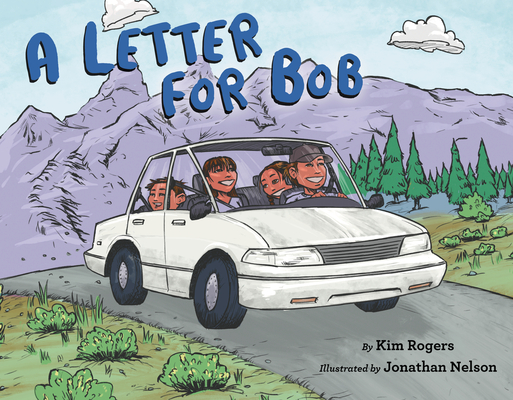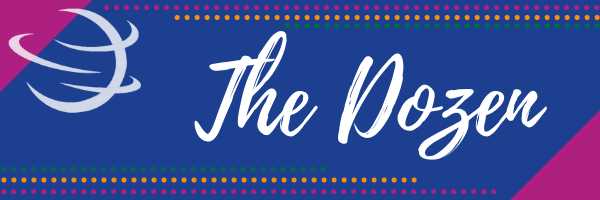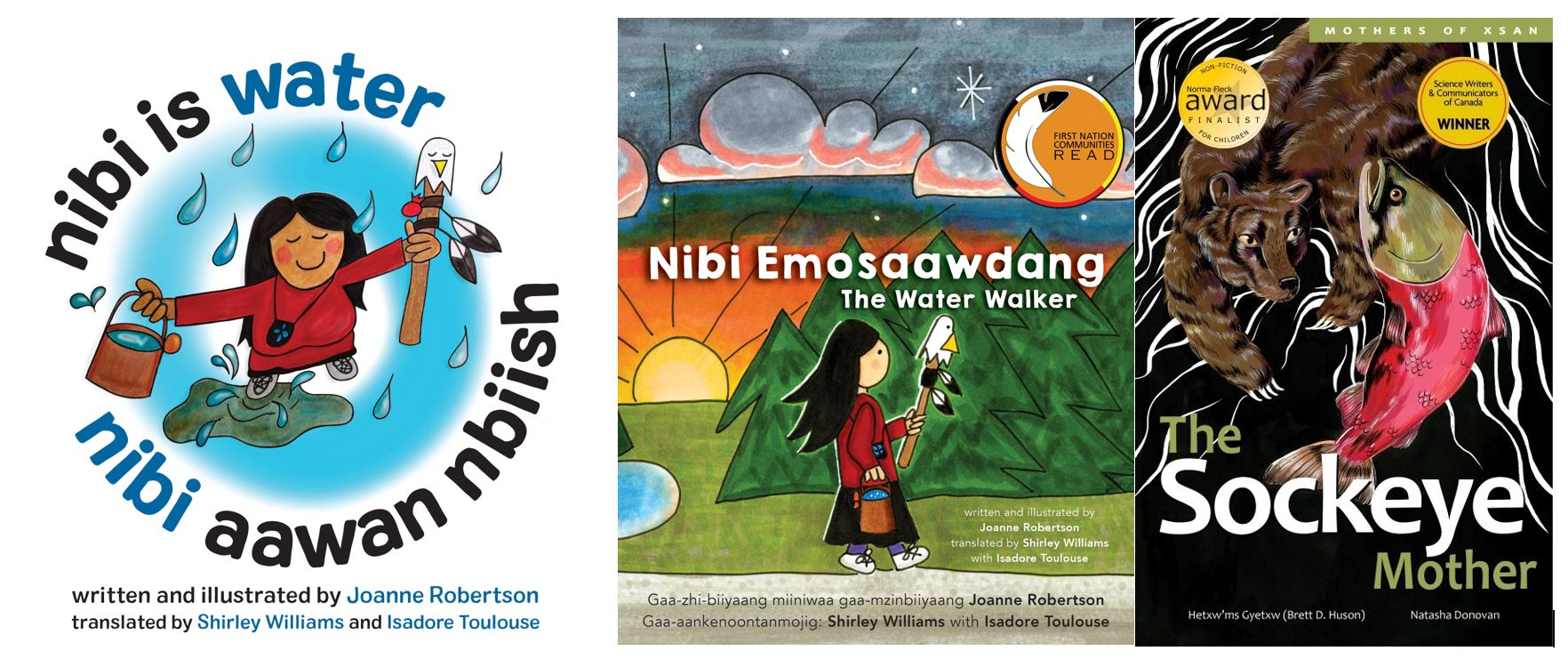By Angeline Hoffman, White Mountain Apache Tribe
 This month I celebrate global children’s books focused on Indigenous families. Today in the U.S. there are 574 different federally recognized Indigenous tribes. While many teachers see the usefulness of celebrating American Indians during October and November holidays (October 14, Indigenous Peoples’ Day and November – Indigenous Heritage Month), we need to move beyond single days and months to explore Indigenous cultures. Much like the hazards of limiting the study of African American life to Black History Month in February, I hope teachers will ponder how we can explore Indigenous families and life as a part of any literature, history, art or science exploration throughout the school year.
This month I celebrate global children’s books focused on Indigenous families. Today in the U.S. there are 574 different federally recognized Indigenous tribes. While many teachers see the usefulness of celebrating American Indians during October and November holidays (October 14, Indigenous Peoples’ Day and November – Indigenous Heritage Month), we need to move beyond single days and months to explore Indigenous cultures. Much like the hazards of limiting the study of African American life to Black History Month in February, I hope teachers will ponder how we can explore Indigenous families and life as a part of any literature, history, art or science exploration throughout the school year.
Strong Nations is a useful publisher as I continually search for Indigenous children’s books. My goal in working with fifth and sixth grade Apache and Navajo students is to share books that value their culture, thereby empowering them. This month I focus on five children’s books that center on Indigenous families. Continue reading



